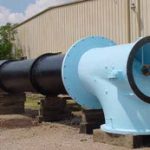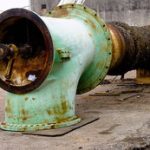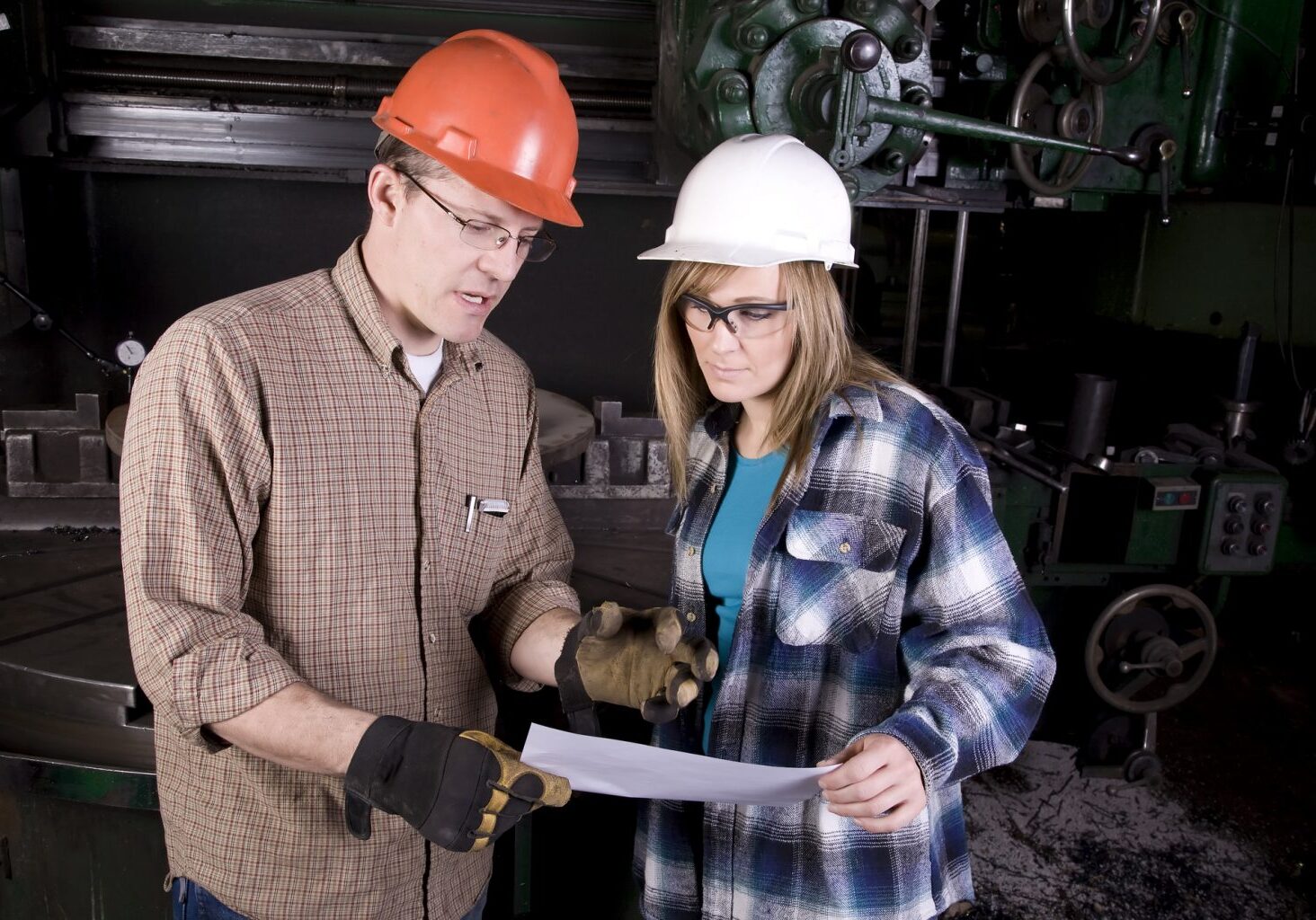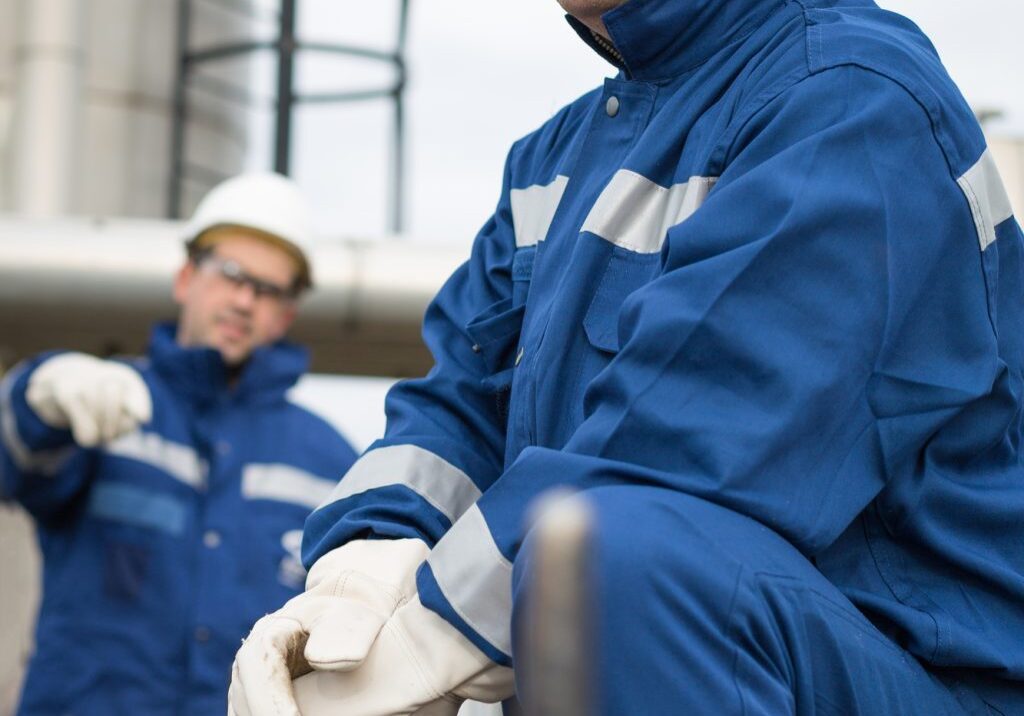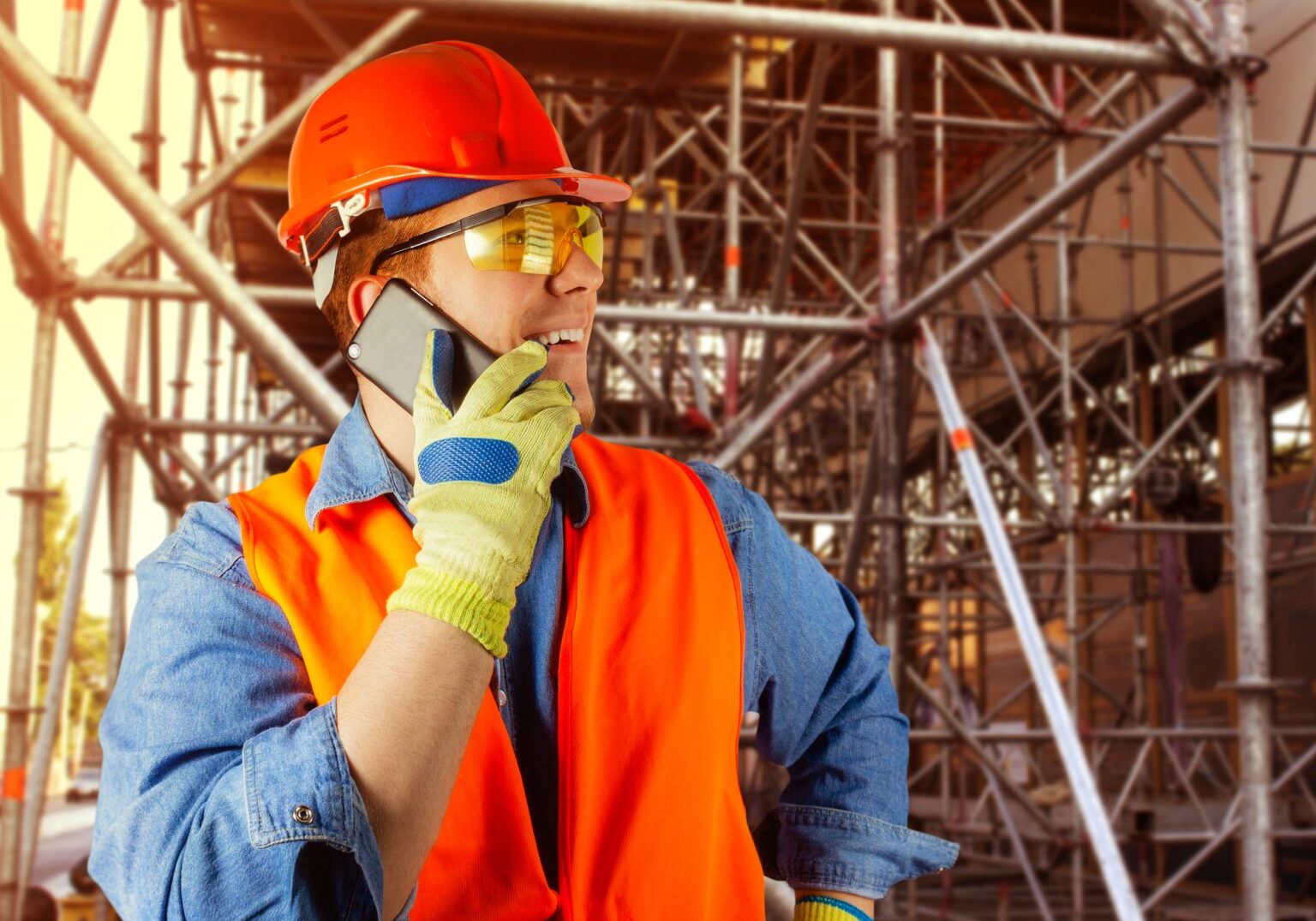Pump Life: After the Rebuild
Your pump is a major investment, so a lot of consideration is given whether to replace or rebuild. Rebuilds mean not only cost savings, but also a shorter lag in downtime. But, after the rebuild, if you are not properly taking care of your pump, you are just throwing money away. The goal of life after a pump rebuild is to maximize its life and your ROI.
Preventing Brinelling
Brinelling is caused by a harder metal presses against a softer metal and deep impressions, resembling tiny pot holes, are left on the surface. Brinelling causes excessive operating noises, reduced machinery lifetimes, higher torques, altered mechanical characteristics, and eventually bearing failure. False brinelling occurs when the impressions are caused by fretting wear due to vibrations. The false-brinelled dents are nearly microscopic and not visible to the naked eye. To avoid brinelling and rust, you should use lubricants specifically made for industrial applications like rolling element bearings. Assembly lubricants are more robust and give greater wear protection, reduce operating temperatures, and displace moisture. Investing in a better quality lubricant will help protect your pump and extend its operating lifetime.
Corrosion Inhibitors
Enhanced lubricants like vapor phase oil are recommended for closed systems like engines, pumps, and gearboxes. They prevent oxidation and corrosion by completely filling closed systems and protecting surfaces not in direct contact with lubricant. To extend the length of time your unit is protected, you should make sure the housing seals are not damaged to prevent leakage. A completely sealed housing will have magnetic contact seals on the shaft, all ports plugged, and the breathers removed to eradicate lubricant leakage. To test if labyrinth seals are completely sealing the bearing house, place a small hose nipple at the breather port. Attach a balloon filled with air to it. If the balloon deflates, your bearing housing is not sealed properly.
If you use pump lubricating oils that meet your OEM’s specifications, your bearings will be protected for six months when using a mineral oil product, and two years if using a synthetic-based lubricant. If your pump already contains lubricant, consult your lubricant manufacturer about which vapor phase concentrate will be safe to add to the lubricant.
Storage Processes
The single most important thing you can do to maximize your pump’s life? Proper storage practices. After you have had your pumps rebuilt, you want to make sure you are following the manufacturer’s storage recommendations. When pumps are improperly stored, the damage from uncontrolled humidity/dryness, oxidation, and temperature can quickly damage parts and render your pump useless. Outdoor pumps and indoor pumps have completely different storage procedures. Indoor pump storage is not as costly as outdoor pump storage, which usually requires more to adhere to best practices for preserving your pump.
If you have to store your pumps outside, take care to protect the volute as water can get inside and cause corrosion. Unprotected steel parts can also protected from rust and false brinelling if you use assembly lubricant on them. If your pumps contain lubricating oil, the oil’s viscosity can change because of temperature variations. Check with the lubrication supplier to find out whether you need to add vapor phase concentrate to the housings or not, and if so, how much. Lastly, one of the best practices is to rotate your stored equipment every six to eight weeks by hand. This will help reduce false brinelling and allow checks for damage.
Preventative maintenance is less costly than loss of production because of inoperable machinery. If you do not take care of your machinery by adhering to the manufacturer’s maintenance schedule, using quality lubricants, and following storage recommendations, you will end up with a total shutdown, and ultimately an expensive equipment replacement. A few hours of preventative maintenance is a worthy investment to extend your pump’s life and maximize your return on its investment.
Share this post:

